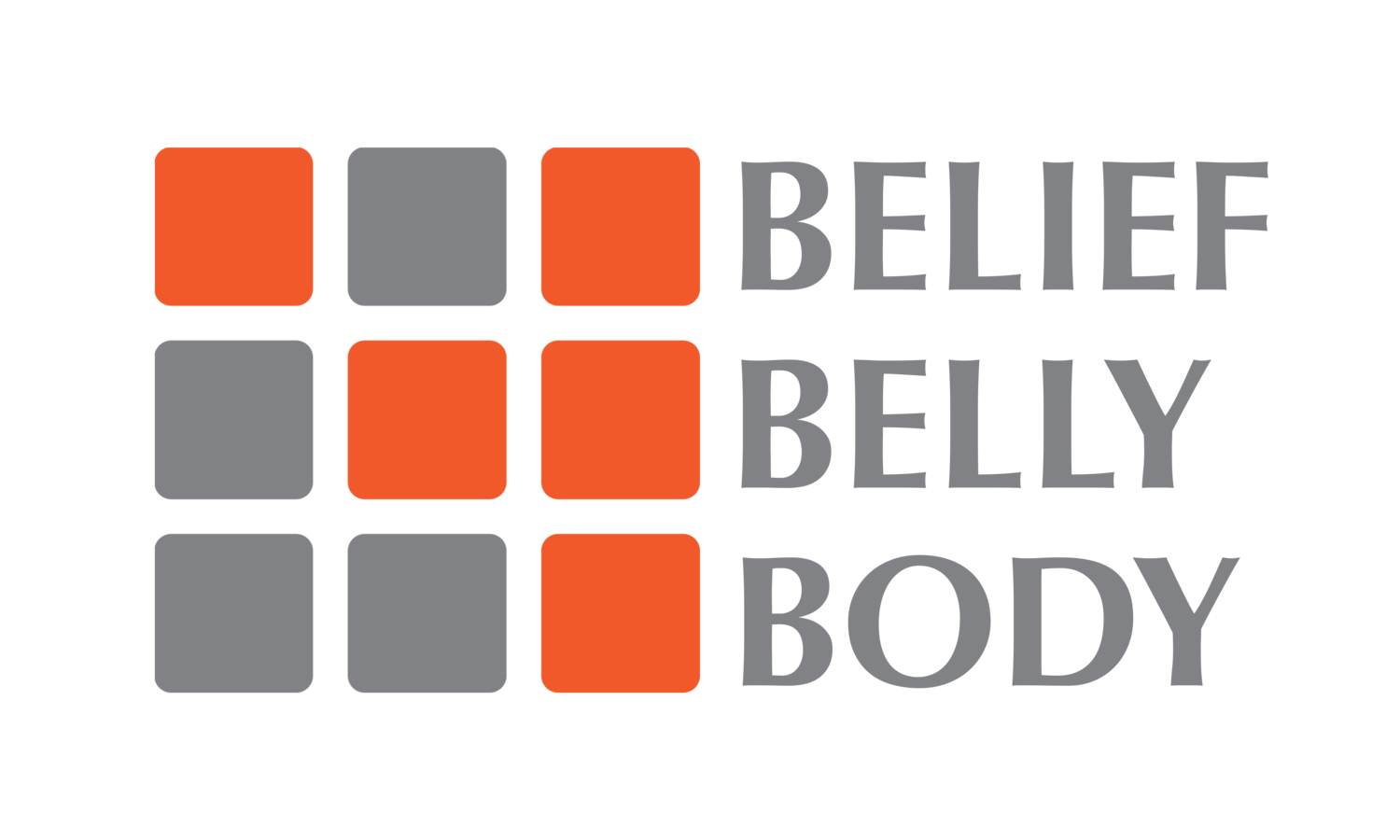
Posture
Why is Postural Therapy important? Today’s society is plagued by postural imbalances, primarily due to sedentary lifestyles caused by advancements in technology. More people today are spending time in office-related jobs, which require individuals to sit for long hours. More than ever before, flexibility training has become a key component in developing neuromuscular efficiency and decreasing these dysfunctions. Flexibility training may decrease the occurrences of muscle imbalances, joint dysfunctions and overuse injuries.
Postural Assessments
Flexibility training has the benefits of improving muscle imbalances, increasing joint range of motion and extensibility, relieving excessive tension of muscles and joint stress and improving neuromuscular efficiency and function. People who physically train in a repetitive fashion (or have jobs that require moving their bodies in repetitive ways) may experience pattern overload, which places stress on the body and causes poor posture.
Postural assessments are conducted in order to detect any muscle imbalances. Once discovered, the imbalances can be specifically addressed with flexibility training.
Corrective Flexibility
Corrective flexibility is designed to improve muscle imbalances and altered joint motion. It uses the principles of both reciprocal inhibition and autogenic inhibition. It includes static stretching and self-myofascial release.
Self-myofascial Release
Self-myofascial release is a stretching technique that focuses on the neural system and fascial system in the body (or the fibrous tissue that surrounds and separates muscle tissue). By applying gentle force to an adhesion or “knot,” the elastic muscle fibers are altered from a bundled position (that causes the adhesion) into a straighter alignment with the direction of the muscle and/or fascia. The gentle pressure (applied with implements such as a foam roll) will stimulate the Golgi tendon organ and create autogenic inhibition, decreasing muscle spindle excitation and releasing the hypertonicity of the underlying musculature.
Percussive Therapy
Massage guns offer what’s known as percussive or vibration therapy. This type of massage provides rapid bursts of pressure into the body’s muscle tissue (hence the rippling effect of massage guns) as its head oscillates back and forth. Percussion massagers are a great way to improve your mobility and address certain pain issues from muscle imbalances, and are excellent tools for post-workout recovery.
Static Stretching
This is the traditional form of stretching that is most often seen in fitness today. Static stretching is the process of passively taking a muscle to the point of tension and holding the stretch for a minimum of 20-30 seconds.
